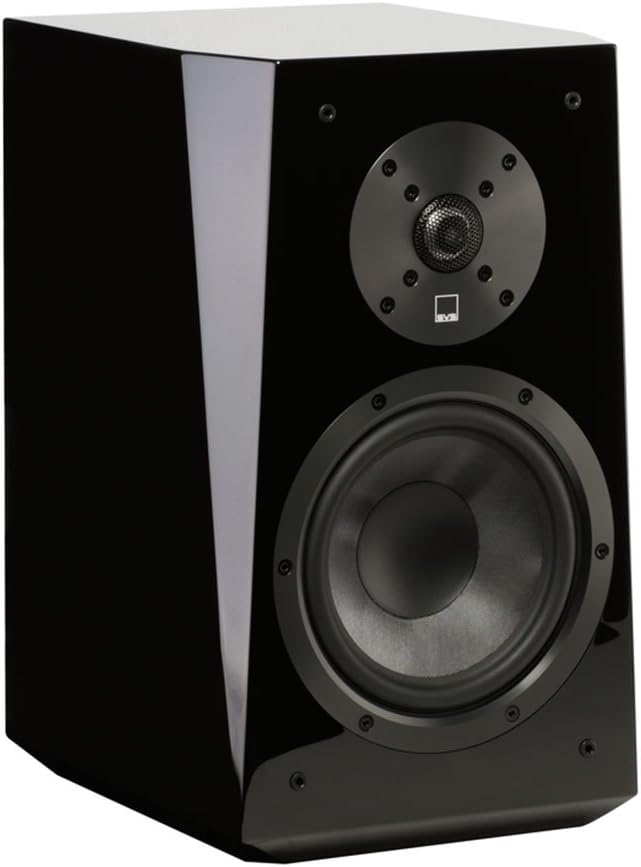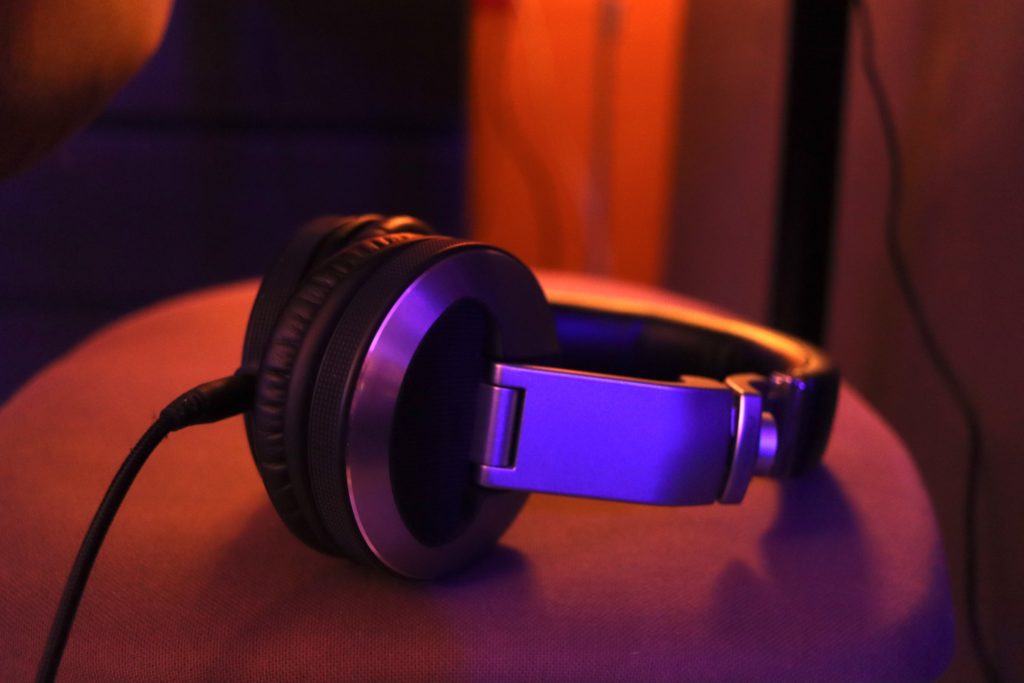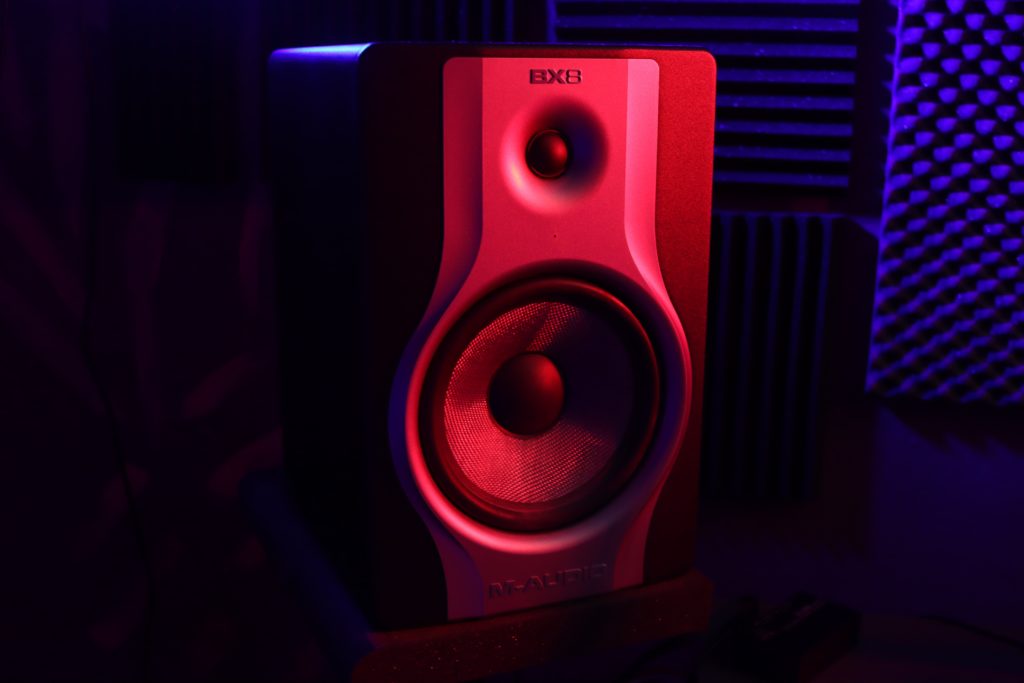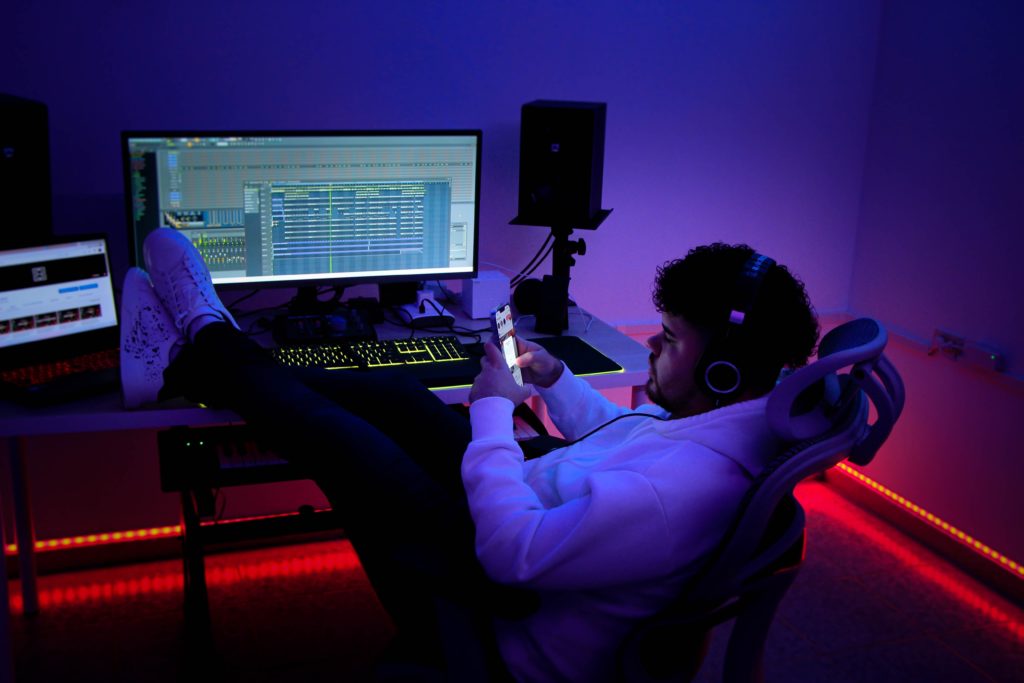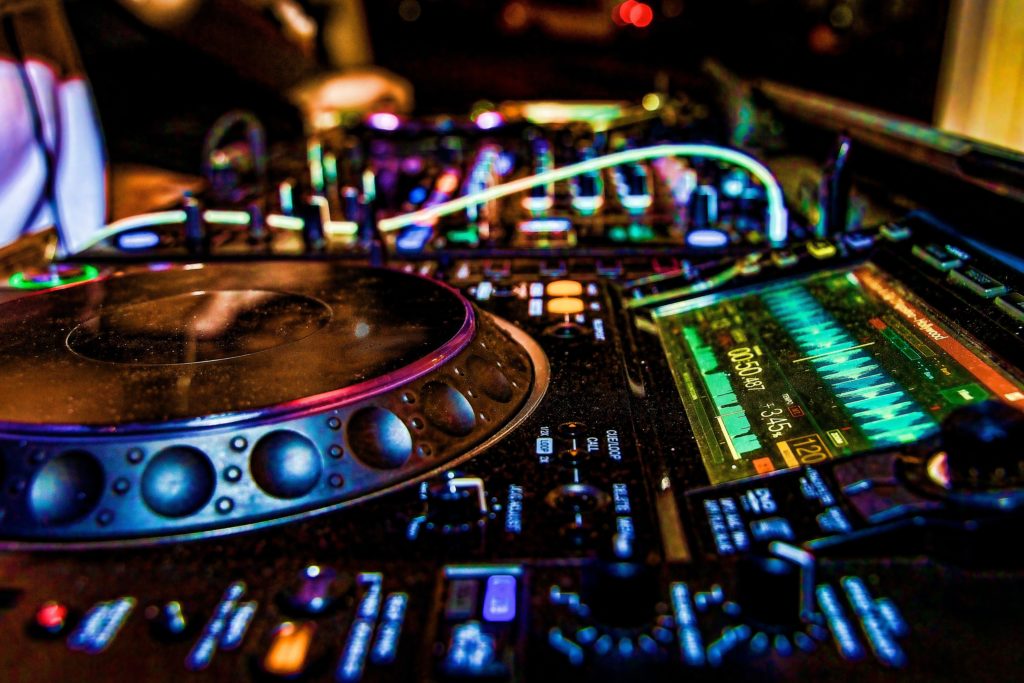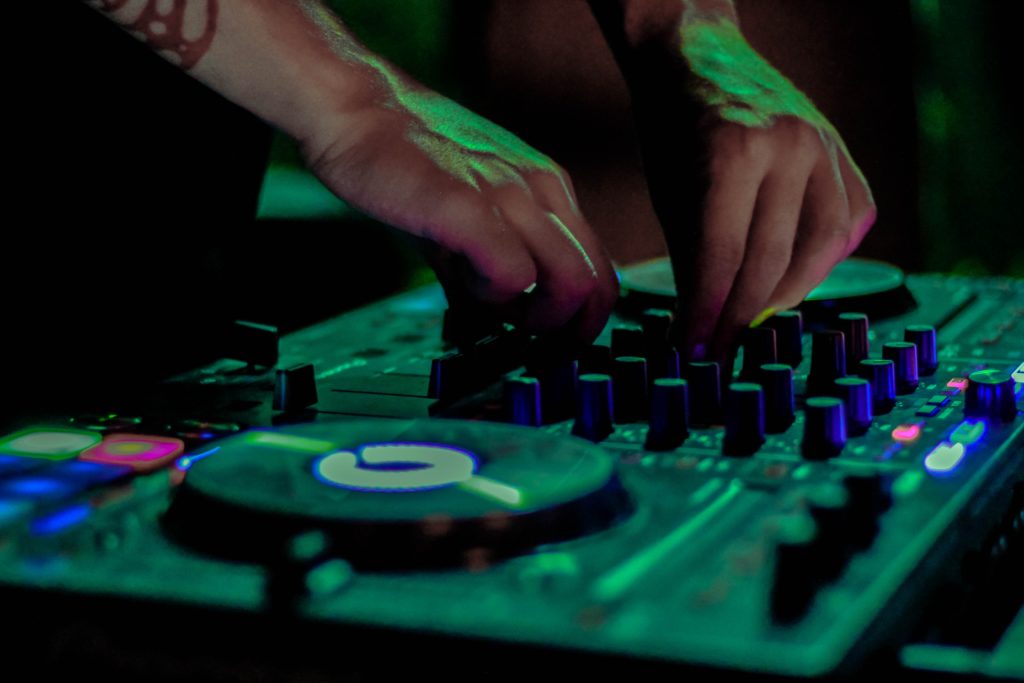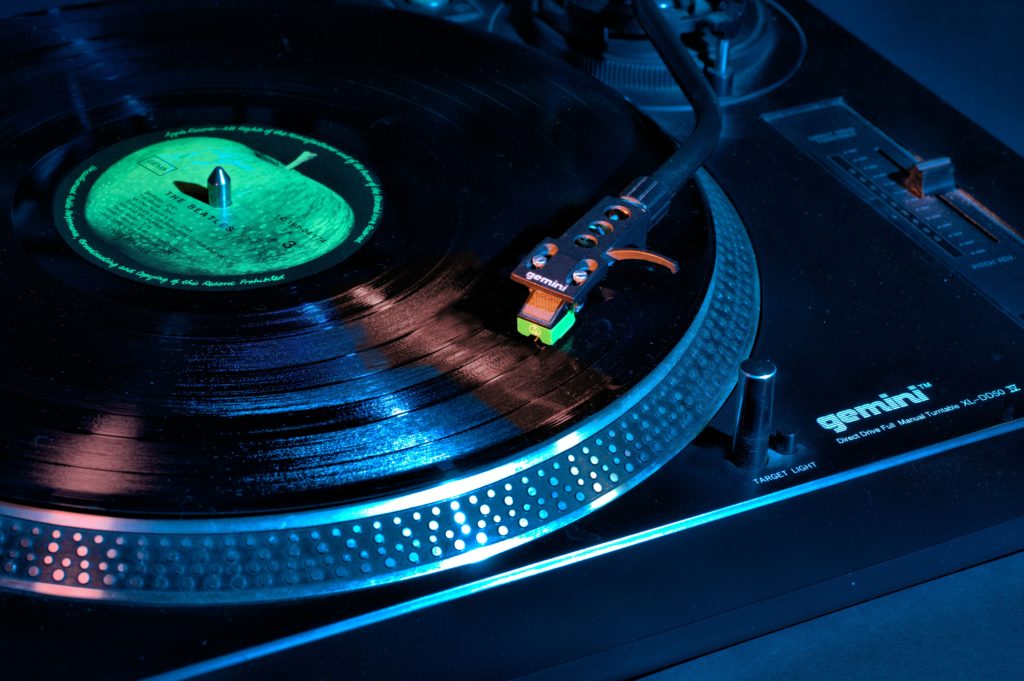While speakers aren’t that important when it comes to general listening, if you’re looking to produce or record music, how you hear the final product matters a lot. That’s also why investing in a good pair of speakers or monitors should be a top priority.
In this article, we’re going to discuss the differences between active speakers and passive speakers, so that if you end up making a purchase, you’ll know what to look for in terms of what will work best with your setup.
Active Speakers
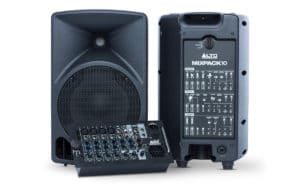
Active speakers are simply speakers with their own built-in amplifiers which feeds a low-level signal into the crossover network before it is amplified.
They are most commonly used in home theatre, PA systems and professional recording studios, primarily due to their easy portability and the fact you don’t need metres of cable to connect between the 2.
They do, however, still need to be plugged into an AC power outlet.
Pros
- Hardly any wires needed – just plug in and you’re good to go.
- Easy to transport and set up
- Direct sound with no need for external amplifiers
- Can be used alone or as part of a bigger system
- Sound settings are usually adjustable on the back (no need for a sound engineer)
Cons
- Can be much heavier to carry due to built-in amplifier
- If one part breaks the whole unit needs to be fixed
- Typically more expensive than passive speakers
- Not able to upgrade or tweak any of the components
Passive Speakers
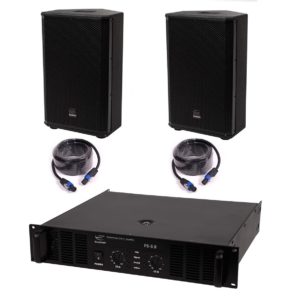
Passive speakers on the other hand, require separate amplifiers or mixers to power them. They also need cables between the two, as well as for the sound to be carried from the amp to the speaker.
The sound quality of passive speakers can be equally as good as active, but you have to make sure the impedance and power rating is set correctly for them.
If not, you run the risk of your speakers sounding absolutely terrible. Or worse, completely blowing up if you don’t know what you’re doing.
Pros
- Parts can be handpicked and upgraded individually
- Lightweight due to no internal amplifier
- Usually less expensive than active speakers
- Easy to maintain and replace if it breaks down
- All-in-one adjustable settings without the need to tweak separately
Cons
- High chance of signal loss if using multiple speakers
- More prone to interference than active speakers
- Getting the impedance and power rating right can be tough
- Snake pits of cables everywhere
Which is Better?
This one is open for debate because it really depends on who’s asking! For a bedroom DJ just looking for a clean sound when they’re recording or using it for playback, a pair of active speakers will probably do the trick.
Whereas, a PA or sound engineer would likely go for a set of passive speakers because they aren’t as heavy to cart around. Plus, they can be easily fixed if something goes wrong. Passive speakers are much easier to upgrade and much cheaper to replace, which is also a huge benefit in many scenarios.
Weighing up the differences in general, however, active speakers have a whole lot of advantages which are hard to beat.
They are much less likely to pick up radio interference or distortion, and you can stream a signal to the majority of them wirelessly. On top of this, they’re an all-in-one build makes them much easier to handle with minimal maintenance or servicing required.
So, there really is no right or wrong with which is better… It really comes down to personal preference and what you plan to use them for more than anything. For this reason, we’ve detailed our top 3 recommendations for both passive and active speakers below!
Best Active Speakers
If you’re an audiophile looking for a strong and sturdy set of active speakers, we have a few suggestions below suited for general listening, production, and those looking for industry-level sound.
Leisure Listening: Mackie CR4s 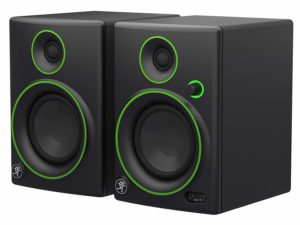
- Sturdy and rugged build
- incredibly clear-sounding mids and trebles
- Easily hooked up to a subwoofer for beefing up the low end if needed.
Mackie’s CR4s are a fantastic option for home and multimedia listening, but could easily be used for basic studio uses too. They don’t sound as flat and crisp as the Yamaha HS5 and they’re not Bluetooth compatible. For the price, look and performance these bad boys provide however, they’re seriously hard to fault.
Production/DJing: KRK Rokit RP5G3 (3rd Gen)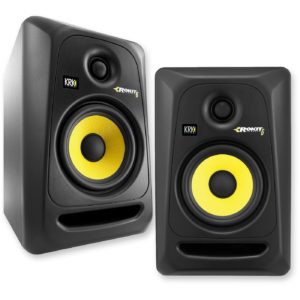
- Great value for the price
- Amazingly clear sound with great low end response
- Accurate panning and highly precise in mixes
The Rokit series has remained a top studio feature for DJs and producers alike for a number of years. This pair of 3rd Gen RP5G3 powered monitors come with class A/B bi-amplifiers to give rich and punchy tones with a heavy emphasis on the low end. They come with multiple audio inputs to allow you to connect to a large system, as well as certain tools and equipment in your studio. For mastering especially, we always found these monitors to be very clear and precise in the mix.
PA/Sound Engineers: PRORECK Club 3000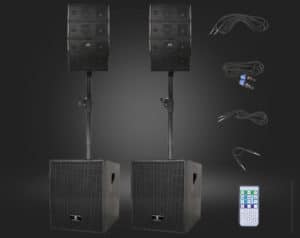
- Top of the industry all-in-one PA system
- Pair with any bluetooth, iOS or Android devices
- Inputs for XLR, RCA in/out + USB and SD card
- Individual EQ and FX controls
- Crystal clear sound
The Club 3000 is an all-in-one PA which delivers nothing but quality in every aspect. We had this pumping out to a crowd of 150 in a community hall a few times, and it certainly filled out the room nicely. We did have to fiddle around with the EQ to start with, but once we got the balance right, the whole thing was rocking! The low frequency response from the bass bins are dreamy, while the trebles gIve off some loud but perfectly rich tones through a multitude of genres. The easy portability and setup makes it ideal for any small events or parties. And for the price, quality and flexibility with the inputs and outputs, you sure get a whole lot of value from this system.
Best Passive Speakers
As we now know, passive speakers require an additional power source a.k.a an amplifier to power them up. So just remember that if you’re going to be investing in a set of passive speakers or monitors, you’re going to need an amp with a similar impedance and wattage to go with them if you want a decent sound. We used the forever popular NAD C26BEE to test the first 2 below.
Leisure Listening: ELAC Uni-Fi UB5
- 3-way bass reflex monitor
- Beautiful midrange
- Fantastic frequency response
We upgraded from our RP-160s to these little monsters a few weeks ago because we’d heard how clear and wonderful the midrange is on the UB5s. The phasing and stereo imaging gives off some fantastic holographic depths to vocals, and the bass sounds punchy instead of crunchy – a noticeable difference compared to the Wharfedale Diamond 225s we were using prior. One of the main highlights for us was the genius design and beautiful coherence of the midrange and tweeters. You can tell a lot of love, care and precision went into building these units from the bottom up, and they come with a very generous price tag for the overall quality. You might have to fiddle with the positioning initially, but once you’ve got a handle on that, you can expect a truly blissful listening experience.
Production/DJing: SVS Ultra Bookshelf
- Clear and airy tweeters
- Exceptional dynamic range
- Great value for the price
SVS are well known for providing top-end subwoofers in addition to their range of excellent speakers. The Ultras are a powerful pair of bookshelf units which in our opinion, produce some of the cleanest tones we’ve ever come across. Beautiful imaging and crystal soundstage almost gave it a 3D-like depth, and though it’s hardly necessary – when they’re coupled with a sub you get a wonderful response from the low-end. Paradigm’s Signature S1 is a speaker praised next to the Ultra, but we found the resolution didn’t sound anywhere near as neutral as these ones. Plus, they’re priced at $1,500, and we could never pinpoint what components warrant the extra cost! The Ultras, however, are more aesthetically attractive and built to last. Despite not being overly bright, the tweeters are airy and give vocals a truly smooth sense of clarity.
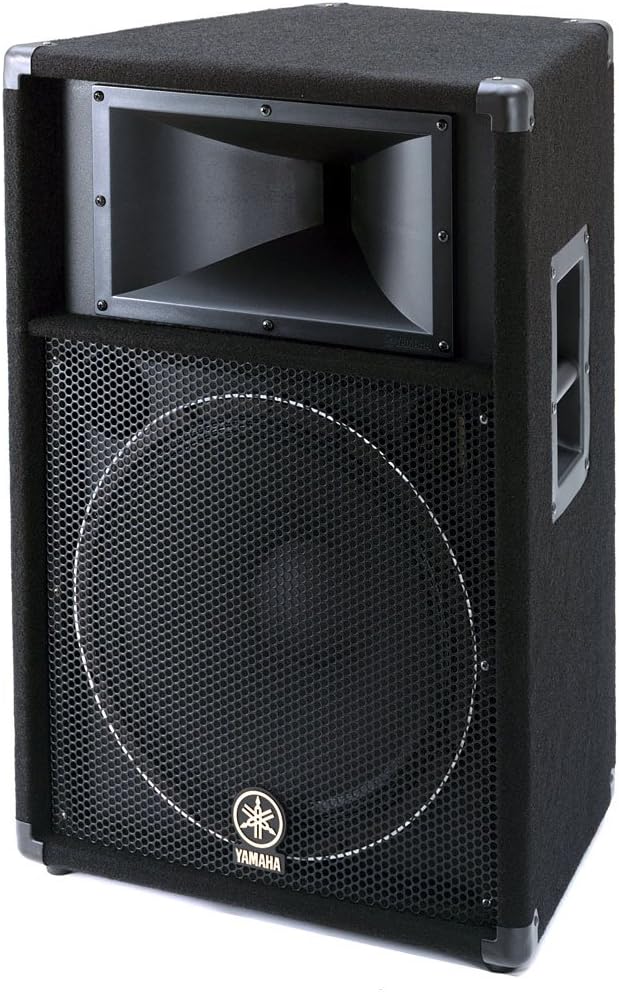
PA/Sound Engineers: Yamaha Club V Series
- Naturally loud and clear sound quality
- Well made with great protection
- Comes with 3-year warranty
We’ve used the Club V Series for tons of gigs and it rarely fails to disappoint. Last time we had it hooked up to Yamaha PX8 amp and it served a real treat, but it handles up to 1000w and more power can give it a boost if needed. They produce a round and full-bodied sound and both the 2” tweeters and woofers have steel grills and carpet covering for added protection. Some may find the carpet has a tendency to gather dust if the system doesn’t get used much, but very easy to clean and won’t take anything away from the sound quality. The bass response is deep and clear and despite the 15” drivers, the whole thing is exceptionally loud! The weight is well distributed so the speakers can easily be transported and assembled quickly. With or without a sub, we think the Club V series is a serious winner when it comes to a passive, party-thumping sound system.
Conclusion
So there we have it! Hopefully now you have a better overview on the differences between active and passive speakers. When it comes to establishing which would be best for your studio activities, we always suggest to do your research first. Think about what you’re going to need in terms of monitor stands, any cables you might require, amplifiers or receivers to power them, whether you need to invest in extra subs, and how much space they will take up in your room or studio overall.
If you’re able to get an idea on these things beforehand, the whole choosing and buying process should be much easier.

